‘Axis powers’ a formidable force for evil in 2024
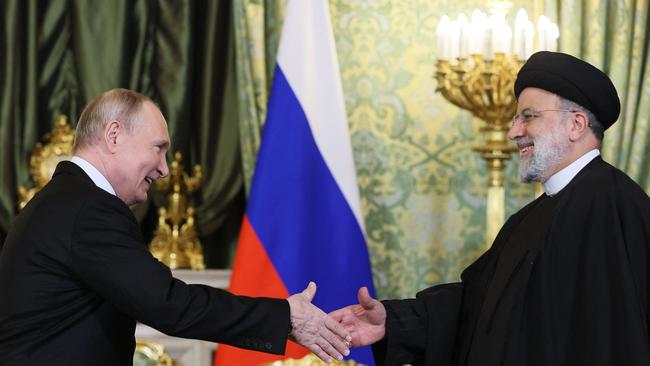
On November 1, 1936, Italy’s fascist dictator Benito Mussolini gave an impassioned speech to 250,000 fellow Italians. He declared a new friendship with Nazi Germany and a political realignment of the Italian state.
“This Berlin-Rome protocol is not a barrier,” Mussolini said. “It is rather an axis around which all European states animated by a desire for peace may collaborate on troubles.”
Far from being animated by peace, the three main axis powers, which by 1940 included Imperial Japan, waged war against the allies. They were comprehensively defeated in a conflagration that killed an estimated 60 million people, severely disrupted trade, upended the global economy and ushered in a new international order dominated by the victorious liberal democracies.
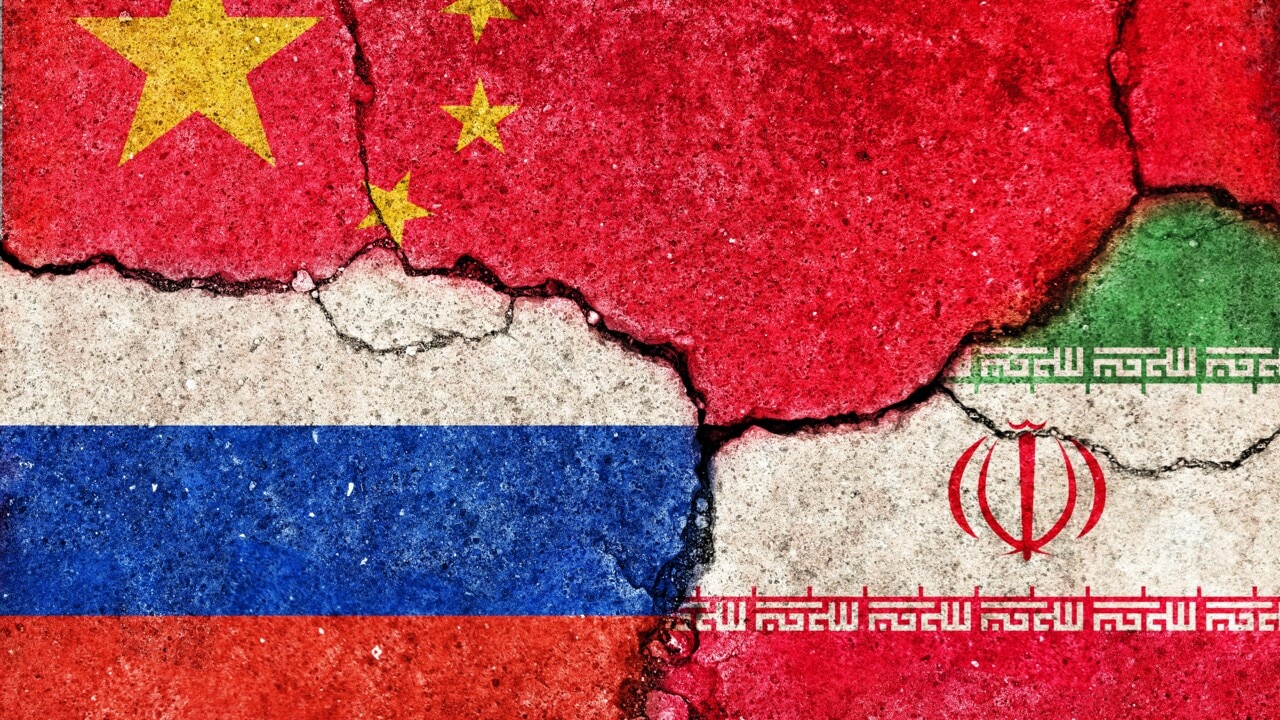
More than 60 years later, in a divisive 2002 State of the Union address, US president George W. Bush co-opted Mussolini’s words, branding Iraq, Iran and North Korea an “axis of evil” for their aggressive behaviour and widespread human rights abuses.
As 2024 unfolds, are we witnessing the birth of a third iteration of axis powers even more threatening to the continued existence and prosperity of liberal democracies?
It would be difficult to imagine a more serious challenge than Adolf Hitler’s Germany and Hideki Tojo’s Japan. But China, Russia, North Korea, Iran and its proxies – notably Hamas, Hezbollah and the Houthis – are united in their desire to overturn the existing international order.
The key axis is China-Russia. Unlike Germany and Japan in 1940, both states have an array of nuclear weapons and the means to deliver them. China is the only peer-competitor to the US and its “pacing challenge” Russia remains a formidable state despite its reverses in Ukraine and weakened economy.
Iran and North Korea, foundation members of the axis of evil, are major sources of regional instability and are working in tandem to weaken the US, which is overstretched and beset by internal divisions. Neither had nuclear weapons in 2002. North Korea is now a fully fledged nuclear weapons state. Iran is on the verge of becoming one.
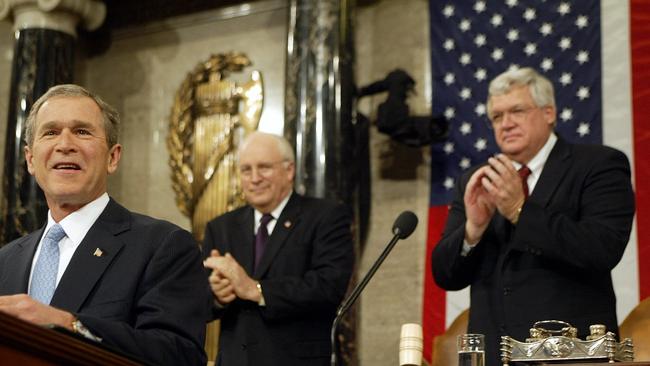
Theocratic Iran and secular North Korea would appear to be strange bedfellows, just as Vladimir Putin’s religious nationalism seems at odds with Xi Jinping’s anti-religious Marxist leanings. What defines them is their predilection for authoritarianism. They are essentially a club of dictators united in their visceral rejection of Western values and their determination to change the global balance of power in their favour.
The breadth of collaboration between these new axis powers is unprecedented and accelerating. North Korea is providing Russia with short-range ballistic missiles for its war against Ukraine. In exchange, it wants Russian weapons and access to advanced ballistic missile technology.
Iran has supplied Russia with thousands of Shahed drones and may soon send Putin’s armed forces Ababeel ballistic missiles.
Tehran also has ramped up pressure on Israel and the US through its many proxies.
The Houthis could not have disrupted shipping in the Red Sea without the ballistic missiles and targeting intelligence provided by Iran. Nor could Hezbollah have built up its arsenal of 150,000 missiles and rockets without Iranian assistance.
China has been reluctant to risk US sanctions by directly supplying Russia with weapons. But Beijing has provided political cover for Russia’s invasion of Ukraine. It also has thrown Moscow an economic lifeline by increasing purchases of Russian oil and gas and allowing third-party shipments of electronics and other components essential for missile production and war-fighting.
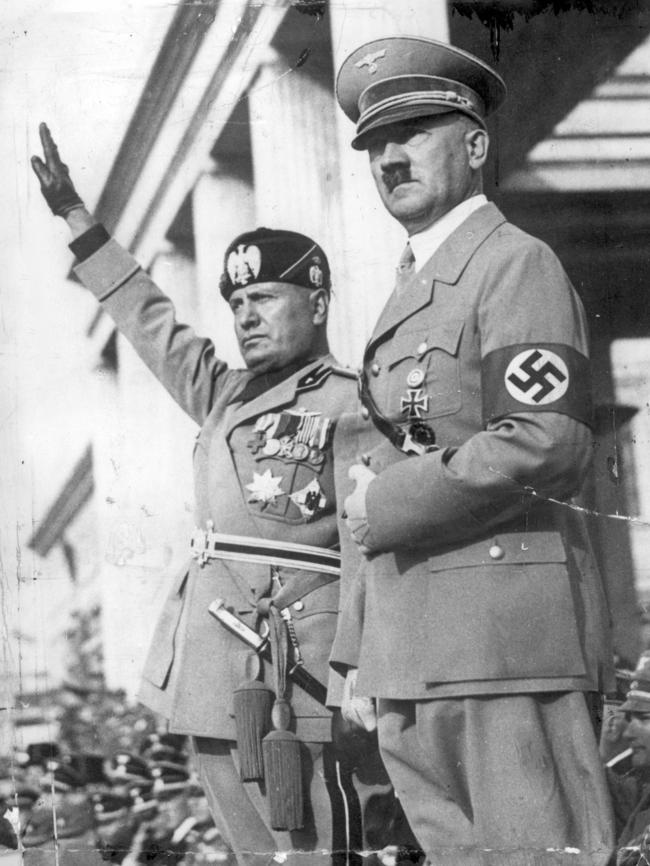
With the US distracted by Ukraine and Gaza, China might decide this is the perfect opportunity to escalate pressure on Taiwan, particularly if Democratic Progressive Party candidate William Lai is elected president in the election on Saturday. Beijing considers Lai a separatist and “troublemaker through and through”.
Since the 2016 election of President Tsai Ing-wen, Beijing has conducted an increasingly aggressive campaign of military provocations and economic bullying to isolate Taiwan and bring it to heel.
The median line between Taiwan and the mainland was once respected as a de facto border. But no longer. It has been violated repeatedly by China’s navy and air force in recent years, as has Taiwan’s air defence identification zone.
The number of incursions into Taiwan’s ADIZ by the Chinese air force increased from 380 to 1628 between 2020 and 2023.
Since the contentious visit to Taiwan by former US Speaker Nancy Pelosi in August 2022, China has conducted numerous “combat” drills around Taiwan, including firing ballistic missiles over the island.
Taiwan aside, the list of countries on the receiving end of China’s aggression is long and growing. In our region they include Japan, India, South Korea, Vietnam, The Philippines, Indonesia, Malaysia and Australia.
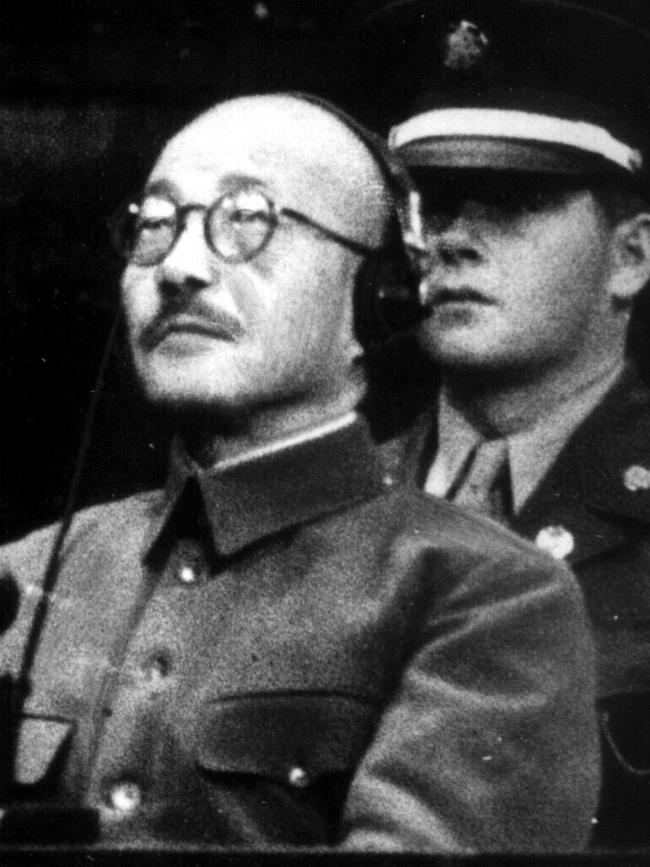
The Albanese government’s well-intentioned desire to mend fences with China didn’t stop one of its destroyers from acoustically targeting Australian navy divers while they were attempting to unclog fouled propellers on HMAS Toowoomba in international waters last November.
Especially concerning is the way in which China uses force – both real and implied – to pursue its strategic ambitions and undermine the sovereign interests of neighbouring states.
There are obvious parallels with the tactics and goals of the original axis powers, which ruthlessly exploited the reluctance of democracies to stand up to coercion and defend their interests until it was too late.
Given the emergence of this new axis of dictators, we now need to consider how North Korea, Russia and Iran might support China’s strategic interests in the Indo-Pacific.
North Korea is already causing renewed problems on the border with South Korea, having shelled an area close to a South Korean island. Pyongyang has declared it is preparing for a war that could “break out any time”. Russia’s expanding Pacific Fleet exercises regularly with China’s navy. And Iran will do its best to tie up US forces in the Middle East should a conflict break out in the Indo-Pacific.
Last year may come to be seen as the calm before the storm.
Alan Dupont is chief executive of geopolitical risk consultancy The Cognoscenti Group and a non-resident fellow at the Lowy Institute.







Looking back on 2023, it’s hard to remember a more volatile year geopolitically. But in worrying echoes of the turbulent 1930s, there are signs that 2024 could be worse as the international order continues to unravel.